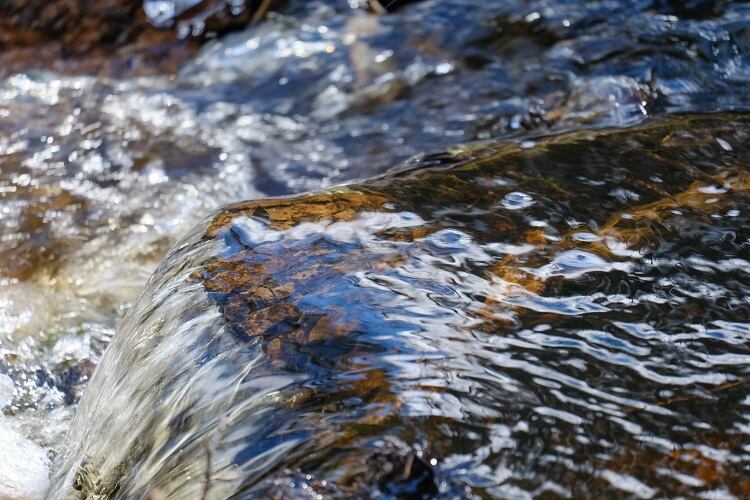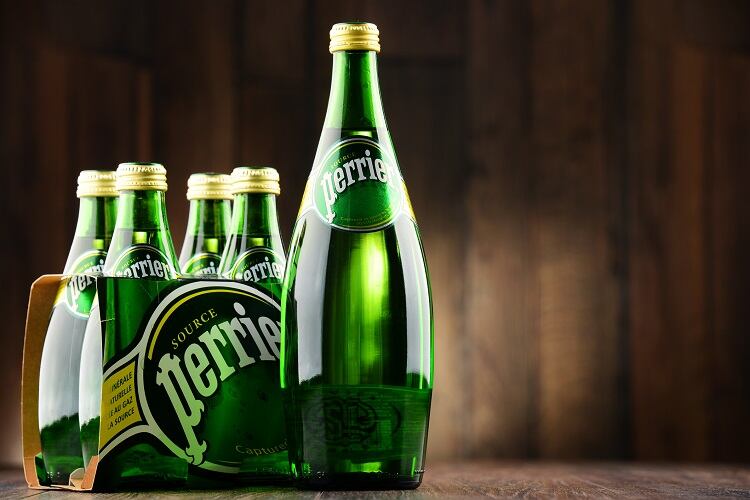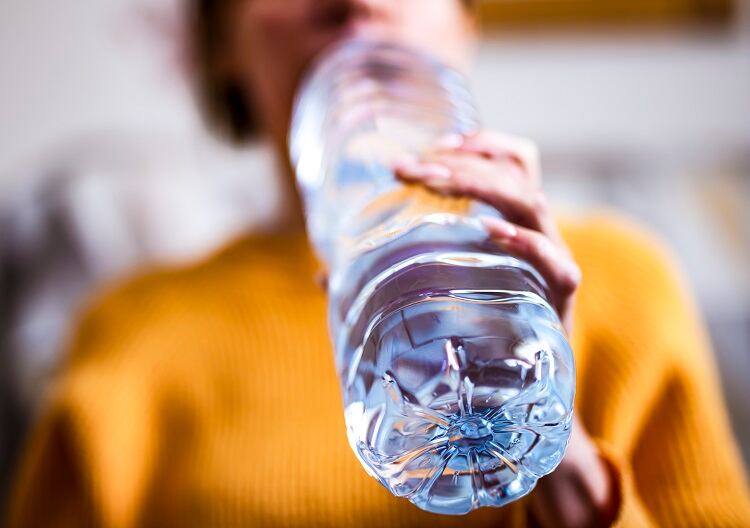The planet is facing a water crisis. Over the last two billion years, water has been naturally and infinitely renewed. However, current water use is now surpassing this threshold.
“The reality is that human beings are already using more water than nature can renew,” explained Cédric Egger, Head of Sustainability at Nestlé Waters.
Compounded by the effects of climate change, the scientific community argues that in a best-case scenario, around half of the world’s major basins will reach their limits by 2050. “And it’s obviously even more if we consider the worst-case scenario,” said Egger at a press briefing this morning.
In response, Nestlé Waters – which counts S.Pellegrino, Perrier, Vittel, and Buxton amongst its brand stable – is targeting positive water impact by regenerating local water cycles in the areas it operates.
“Our world is facing a critical stress test when it comes to the real impact of climate change, which will of course threaten the world’s water resource,” said Muriel Lienau, Head of the Waters Business, at the briefing.
“Securing our water cycle over the long-term is imperative for our planet and for our business.”
Delivering a positive water impact
Specifically, Nestlé Waters has pledged to invest CHF 120m (€109.4m) in more than 100 projects across its 48 sites. The goal is that from 2025 onwards, each site will retain more water than the business uses in its operations.
So how will Nestlé Water deliver this positive water impact?
The main way the business is going to deliver a so-called volumetric benefit – at least to the amount of water it is withdrawing – is by limiting water runoff from its watersheds and basins.
Canopy trees and vegetation help filter rainfall down into these catchment areas. “The principle of the commitment is that we need to reduce the runoff, to [limit water from] escaping the system too quickly,” Egger explained. All of the more-than-100 projects are associated with this aim, and projects could include reforestation or wetland restoration.
Some project examples include land conservation and natural flood management interventions in the UK for Nestlé Water’s Buxton brand, and river restoration and renaturation in France for Vittel.
Elsewhere, in Pakistan, the business is supporting farmers to use drip irrigation, and in Egypt, Nestlé Pure Life is investing in the delivery of water treatment, filtration and pipeline infrastructure for the municipal water supply. Both of these initiatives concern the business’ Nestlé Pure Life brand.

By 2025, Nestlé Waters has also committed to having all its sites certified by the Alliance for Water Stewardship (AWS). As it stands, over one-third of its 48 sites are AWS-certified.
Measuring success
Measuring Nestlé Waters’ efforts is crucial to the success of the initiative. To do so, the business has selected the Volumetric Water Benefit Accounting (VWBA) methodology, developed by the World Resources Institute (WRI).
The method, which has been described as ‘robust and transparent’, is designed to estimate the benefits of Nestlé Waters’ projects over the next four years. According to Paul Reig, who helped design the methodology during his time at the WRI, the method is made up of three key elements.
To begin with, the method is designed to ‘really understand the context well’. This means that issues are understood in a local context, with focus on ‘understanding local challenges’.
Once catchment and stakeholder priorities are understood, the method will help identify projects and project partners to respond to local priorities. And finally, the method maps out all available activities to determine the most appropriate indicators for the relevant project.
A newly created external panel – made up of representatives from civil society, UN agencies, NGOs and academics – will review the relevance and sustainability of the projects and give feedback on whether they are helping to address the local challenges and opportunities. Nestlé Waters has committed to providing ‘full transparency’ on the water usage at each of its sites and on what its projects contribute to the area.
‘Our actions alone will not solve the water crisis’
Nestlé Waters said it is committed to industry collaboration. “We know that our actions alone…will not solve the global water crisis. Hence, we are committed to working with others, to share our experience and expertise, to foster an industry-wide approach to the regeneration of water cycles,” said Lineau.
The business expects skeptics to challenge its sincerity and commitment but welcomes such scrutiny, “because we know that…we must be able to measure impact and demonstrate progress.
“By repositioning ourselves for the future, and further embedding sustainability at the heart of our business strategy, we are building on a strong heritage of natural source protection and water stewardship.”

Nestlé Waters’ commitment aligns with its ambition to become carbon neutral by 2025. International brands S.Pellegrino, Perrier and Acqua Panna have pledged carbon neutrality by 2022.


